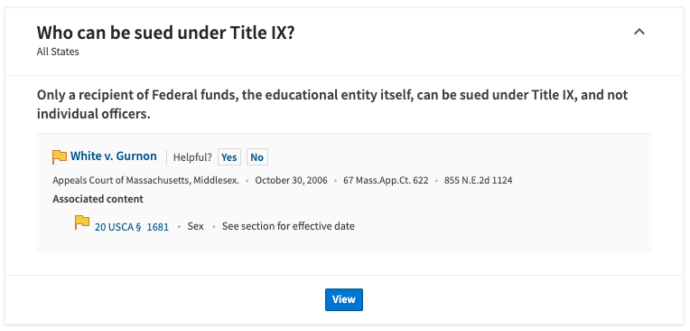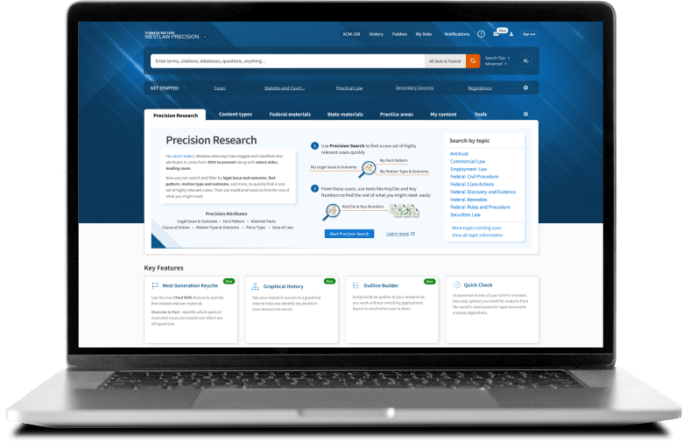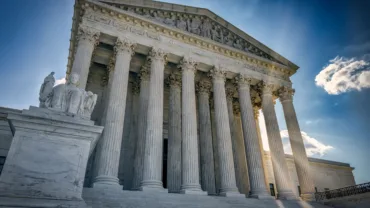The scope, purpose, and discrimination examples of Title IX
Even though Title IX’s scope is limited to educational programs, it is far-reaching.
It applies to approximately 17,600 local school districts and more than 5,000 postsecondary institutions. This includes charter schools, for-profit schools, libraries, museums, vocational rehabilitation agencies, and education agencies that receive federal financial assistance from the U.S. Department of Education, according to the Office for Civil Rights (OCR).
Jump to:
| Definition in simple terms |
|
| Examples |
| Title IX, Title VII, and quid pro quo |
What is Title IX in simple terms?
Title IX of the Education Amendments of 1972 protects people from discrimination based on sex in all education programs or activities that receive federal financial assistance. However, it is perhaps best known for mandating gender equality in college sports.
“No person in the United States shall, on the basis of sex, be excluded from participation in, be denied the benefits of, or be subjected to discrimination under any education program or activity receiving Federal financial assistance.”
What is the purpose of Title IX?
Title IX generally prohibits discrimination based on sex in any education program or activity that receives federal financial assistance. Sex discrimination includes sexual harassment, sexual violence, sexual assault, dating violence, domestic violence, stalking, and quid pro quo harassment.
Title IX also covers “claims of discrimination based on gender identity or failure to conform to stereotypical notions of masculinity or femininity.” Universities must “investigate and resolve allegations of sexual violence regarding LGBT students using the same procedures and standards used in all complaints involving sexual violence.” Under Title IX, colleges must independently investigate and resolve such claims, determine responsibility, and impose any disciplinary measures, regardless of whether an alleged victim chooses to report the incident to the police.
Since its enactment, Title IX has evolved to include provisions addressing sexuality, sexual differences, and gender roles. In 2020, the U.S. Department of Education modified the due process protections under Title IX to include an express written presumption of innocence. In addition, schools are not allowed to impose disciplinary conduct on accused students before the end of the case, although they can remove from campus students believed to pose a risk.
In 2022, the Biden Administration proposed a Title IX amendment providing protections for transgender students against sexual violence in schools. The proposed change has received more than 238,000 public comments, and it is unclear when the new regulations will take effect.
Examples of Title IX violations
Some common examples of the types of discrimination covered under Title IX include:
- Sexual harassment
- Failing to provide equal athletic opportunity
- Sex-based discrimination in a school’s science, technology, engineering, and math (STEM) courses and programs
- Discrimination based on pregnancy.
 | Westlaw Precision headnotes Ensure your Title IX case includes relevant cases even where those cases may use atypical language. |
Hostile environments that prevent someone from benefiting from or being able to contribute to a job or program also violate Title IX. Any retaliation taken against someone claiming a violation could also be considered a violation of Title IX.
Title IX, quid pro quo, and Title VII
Quid pro quo is a form of sexual harassment covered under Title IX. It arises when a subordinate sustains a tangible unfavorable action because they refused to submit to a superior’s sexual advances.
For example, in 2022, a Maine district court judge allowed a former student’s quid pro quo lawsuit claiming Title IX retaliation to continue. The plaintiff alleged the University of New England illegally portrayed him as a campus threat after he complained of unwanted sexual advances from a professor.
Quid pro quo is not limited to just Title IX, however. It is also prohibited in the workplace under Title VII of the Civil Rights Act of 1964.
Quid pro quo sexual harassment — when a supervisor demands sexual favors from an employee in exchange for some work benefit — is one of the two types of workplace harassment claims that fall under Title VII (the other is hostile work environment harassment).
Compliance and understanding start with an in-depth analysis of the law and what it means to employers and employees. For more information about Title VII of the Civil Rights Act or Title IX of the Education Amendments of 1972, explore the resources available in Practical Law today and Westlaw Precision.
 Practical Law Get expert how-to guidance, clear explanations of current law, and time-saving tools and templates |  Westlaw Precision Learn more about how you can significantly reduce your research time |











